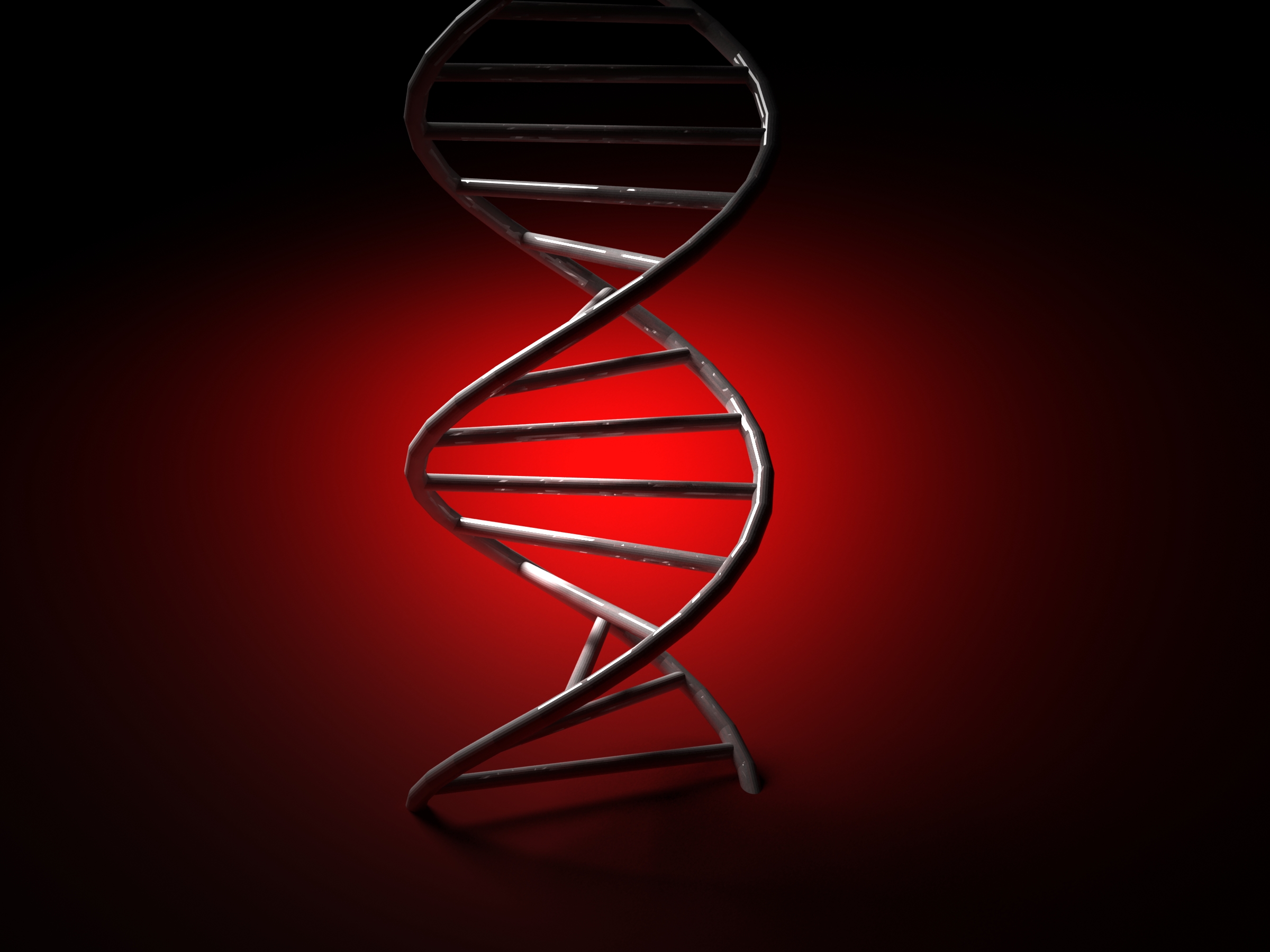
When anabolic steroids were brought to the forefront during the bodybuilding boom of the 1970s, many took notice. Guys like Arnold Schwarzenegger, Franco Columbu, Lou Ferrigno, and Sergio Oliva amongst others had Greek God-like statures—lats you could fly with, razor ripped quads, and biceps like mountains.
Today’s bodybuilders have taken the dosages that Arnold and company were accustomed to and amplified them through the roof. Now, bodybuilders are a collection of mass roaming the stages at nearly 300 lbs and three percent body fat—somewhat grotesque yet fascinating how far the human limits can be pushed with assistance.
Steroids will be a thing of the past if one tiny gene is able to be shut off like a light switch. It already has that capability in some people, but if scientists can break through the barrier, physical culture as we know it will change forever. I’m talking about myostatin—the key to an unparalleled amount of muscle. Rather, it's myostatin's inhibitor that is the key to an endless utopia of muscle.
Myostatin, otherwise known as growth differentiation factor 8, is a transforming growth factor (TGF) beta gene responsible for the inhibition of muscle growth. It binds to cells in the muscles through the activin type IIb receptor, which is responsible for sending signals given by different members of the TGF beta super family (1).
Myostatin is inhibited by a mutation in the gene or the receptor that leads to improper functioning and binding. The effects that the inhibition of myostatin has on muscle growth are extraordinary. Essentially called “double muscled,” the regulation of muscle tissue development ceases and the body goes into hypertrophic overdrive. This results in the development of a significant amount of muscle mass with very little accumulated fat.
The myostatin gene can be inhibited either in one or both copies. If the gene is inhibited in one, it is considered heterozygous and gives an “intermediate” effect by having more muscle than if both copies were intact but less muscle than having both copies contain a mutation. This was seen in a German boy in 2004, who had mutations in both copies of his myostatin gene. At four years old, he was significantly stronger than his peers (2). The boy's mother, a former sprinter herself, had one copy of the mutated myostatin gene.
How drastic of a difference is there between a normal animal and an animal with a myostatin mutation? Take a look at these two whippets (below). Whippets are a dog commonly found in dog racing due to their speed and slender build. As you can see, however, the black whippet is nowhere near sleek. It’s gigantic.
These two dogs are of the same breed and demonstrate how vast a difference there is in muscle size. The black whippet and other myostatin deficient varieties are called “bully whippets,” named only in reference to their size. The myostatin doesn't have any effect on its demeanor, as it’s generally viewed as a laidback dog who likes a good back scratching (3).
Here is another visualization (below). We can see the differences in muscle size across the board between the three mice in this muscle biopsy. The dominant recessive activin IIb receptors are negative, which results in inefficient receptors that aren't able to bind myostatin. The follistan picture shows what a mouse can look like with defective copies of the myostatin. The differences between the three mice is mindboggling.
Myostatin inhibitors potentially have the power to push the limits of human performance to levels inconceivable before. There have been clinical trials of myostatin inhibitors, but nothing has hit the market yet. However, once it does, there will be a huge backlash.
How are we going to test athletes who have taken myostatin inhibitors? What happens if one is developed that erases the gene itself? Do we have to use genetic testing as well as rigid, strict drug testing guidelines? It’s going to become quite a hassle in the years to come if testing has to ramp up for the Olympics in order to maintain its integrity as the purest sports display of our time.
Do we automatically reject those who do indeed have the deficiency from birth? How would that be fair to those who didn’t have a choice? They are making the best of their situations, and it shouldn’t be anyone’s right to tell them they can't compete even if they trained to do so their entire lives. They will receive unjust backlash if myostatin inhibitors hit the market, as they may be labeled as cheaters or dopers even though they have no control over their genetic layout.
Where do we go from here? Do we go far into the family’s lineage to find relatives to undergo genetic testing? Not everyone is going to be up in arms about going to get tested. Genetic testing can reveal some unsettling things such as increased risks for certain diseases. This is merely increased risk, not a guarantee that you will get a certain disease because of your genes. People will still be uneasy about undergoing testing, and if family members are holding up the testing process, it can quickly become a headache.
Myostatin can be a gift for the good or it can turn the physical culture world into a tangled mess. For a society that often thinks bigger is better, myostatin may be both the cause and solution to many of life’s problems.
References
1. Carnac G, Ricaud S, Vernus B, Bonnieu A (2006) Myostatin: biology and clinical relevance. Mini Rev Med Chem 6(7):765–70.
2. Kolota G (2004) A Very Muscular Baby Offers Hope Against Diseases. The New York Times June 24, 2004.
3. http://tsuuinkure.multiply.com/journal/item/68
Image of whippets courtesy of http://tsuuinkure.multiply.com/journal/item/68. Image of mice biopsy courtesy of http://www.twcenter.net/forums/showthread.php?p=5583432.










